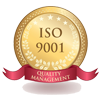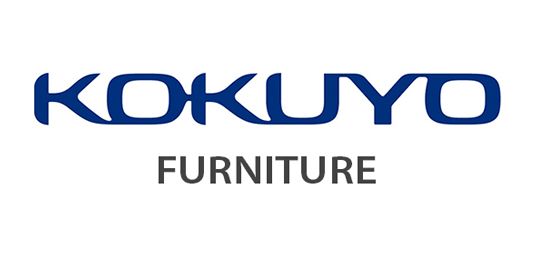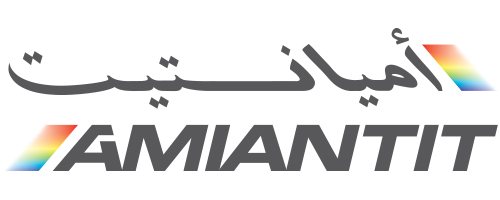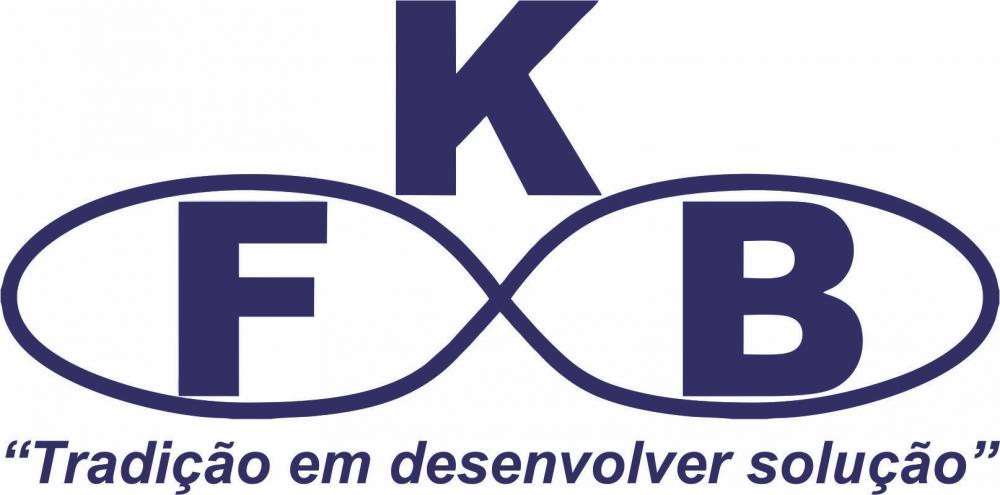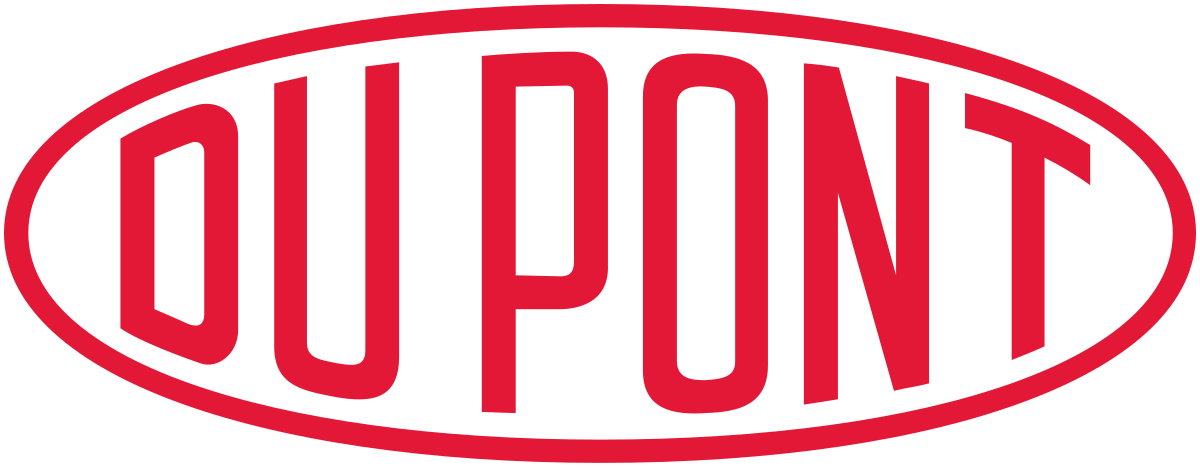Waste to Energy Market By Technology (Thermal, Biological); By Form (Steam, Electricity, Hot Water); By Application (Treatment of Waste, Reduction of Waste Volume, Generation of Energy); By Region (North America, Europe, Asia Pacific, Latin America, Middle East & Africa) - Global Market Analysis, Trends, Opportunity and Forecast, 2022-2032
Waste to Energy Market: Overview and Definition
The global waste to energy market size was valued at around USD 43.2 billion in 2022 and is projected to grow at a compound annual rate of growth (CAGR) of around 6.9% from 2022 to 2032.The market size is projected to succeed in USD 83.4 billion by 2032.
Waste-to-energy (WTE) refers to the process of generating energy in the form of electricity and/or heat from the treatment of waste. The WTE market has grown significantly in recent years due to increasing demand for energy and the need for sustainable waste management practices.
The global WTE market is segmented into technology, service, and geography. Based on technology, the market is divided into incineration, gasification, pyrolysis, and others. Incineration is the most widely used technology for WTE, followed by gasification.
Growing recycling of Municipality Solid Waste (MSW), increased production of bioenergy, increased urbanization, and increased sustainable initiatives remain key drives of growth.
Waste to Energy Market Key Drivers
The waste to energy market has expanded tremendously over the last 10 years, thanks to growing capacity for Energy from Waste (EfW). By end of 2017, 339 EfW plants became operational around the world. This raised the EfW output by 1GW per year on average during 2013-2018. Furthermore, this represents the largest capacity for bioenergy, which is capable of managing over 100 Mt solid waste per year.
Furthermore, countries like China remain a major positive for the overall growth of the waste to energy market. The waste to energy market in China grew by 26% on average per year during 2013-2018, representing the largest increase globally. Furthermore, thanks to growth of recycling in municipalities globally, the growth remained promising around the world. In other five Asian countries, member of the OECD group, the EfW grew by 16% on average per year. Furthermore, the EfW also grew in saturated markets of OECD countries. The EfW production in OECD countries grew by 4% on average in countries other than China, and other five Asian economies.
Urbanization remains a promising driver of growth. In China, the urban population grew by 8%. On the other hand, urbanization grew by 5% in Indonesia, 7% in Thailand, and 4% in Vietnam. According to the International Energy Agency (IEA), another 160 million were anticipated to be added to the urban environments in these five countries. People living in urban areas and municipalities supporting EfW remain a major promise for waste to energy market.
China, Vietnam, Thailand, Pakistan, and India grew the MSW production by 60Mt to take the total to 300 Mt. China remains the key leader, accounting for over 50% of the total capacity. Moreover, IEA anticipates the MSW production would double in these countries, with total capacity reaching 600 Mt of MSW annually by 2023. Policy support remains a promising driver of this development.
In 2018, Pakistan introduced a policy tariff of USD 100/MWh, which led to production of plants in key cities of Islamabad, and Lahore. Furthermore, Vietnam has also introduced fiscal tax exemptions, with tariffs of USD 73/100 MWh to USD 105/MWh to encourage EfW progress. Furthermore, such projects have also received low-interest loans from entities like the Asian Development Bank. With the help of such grants, Indonesia announced a strategic project in 12 major cities, with a purchase tariff of USD 133/MWh.
Waste to Energy Market Challenges
High Capital Costs: Building and operating WTE facilities requires substantial investment, which can be a major challenge for many countries and local governments.
Environmental Concerns: WTE facilities can emit air pollutants and greenhouse gases, which can have negative impacts on the environment and public health.
Competition from Renewable Energy Sources: The increasing popularity of renewable energy sources such as wind and solar power is posing a challenge for the WTE market.
Regulatory Challenges: The waste-to-energy industry is highly regulated, and strict regulations regarding the disposal of hazardous waste and emissions can make it difficult for WTE facilities to operate.
Public Perception: There is a negative perception of WTE among the public, which can make it difficult for facilities to gain support from the community and secure funding.
Technical Challenges: The efficiency of WTE facilities is often limited by the technology used, which can result in lower energy output and higher costs.
Waste to Energy Market : Report Scope |
|
|
Base Year Market Size |
2021 |
|
Forecast Year Market Size |
2022-2032 |
|
CAGR Value |
6.9% |
|
Segmentation |
|
|
Challenges |
|
|
Growth Drivers |
|
Waste to Energy Market Segmentation
The waste to energy market report is segmented on the basis of waste type into Muncipalty solid waste, agriculture waste, and others. Among these, the Municipal Solid Waste or MSW is expected to register highest growth, thanks to rising urbanization. Despite the promising growth of MSW, and urbanization, issues like stubble burning remain major challenges for the environment in emerging economies. This is expected to drive the fastest CAGR growth for agriculture waste during the 2022-2032 forecast period.
Furthermore, the waste to energy market report is also segmented by technology into thermochemical and biochemical. Among these, the biochemical waste to energy production remains promising. The market segment has registered the highest valuation in 2020, thanks to robust adoption of its practices by OECD countries. The large-scale nature of the thermochemical technology promises more opportunities in the future, making the segment with anticipated fastest CAGR growth during the 2022-2032 period.
By Technology
- Thermal
- Biological
By Form
- Steam
- Electricity
- Hot Water
By Application
- Treatment of Waste
- Reduction of Waste Volume
- Generation of Energy
Waste to Energy Market Regional Outlook
The waste-to-energy (WTE) market is segmented into different regions, including North America, Europe, Asia-Pacific, and LAMEA (Latin America, Middle East, and Africa).
North America: The North American WTE market is growing due to the increasing demand for energy and the need for sustainable waste management practices. The US is the largest market for WTE in the region, with several WTE facilities operating in the country.
Europe: Europe is a leading market for WTE, with several countries such as Germany, Sweden, and Denmark having a high penetration of WTE facilities. The region is expected to continue to grow in the coming years due to the increasing demand for energy and the need for sustainable waste management practices.
Asia-Pacific: The Asia-Pacific region is the largest market for WTE, driven by the increasing population, urbanization, and industrialization in the region. China is the largest market for WTE in the region, with several WTE facilities operating in the country.
LAMEA: The LAMEA region is expected to grow in the coming years due to the increasing demand for energy and the need for sustainable waste management practices. However, the growth of the market in the region is hindered by the lack of infrastructure and low investment in the industry.
Waste to Energy Market Notable Developments
In October, 2022, Kore Infrastructure announced that it had developed its waste to energy to run on 100% renewable energy. The company achieved this feat while operating a one-year plant in Los Angeles, USA. The new technology relied on closed loop, and carbon negative process. The company also demonstrated that the produced energy can be used to fuel buses, trucks, cell cars, and trains. Furthermore, it is currently being used to decarbonize a variety of industrial application including ammonia production, and steel manufacturing.
SUEZ was awarded a new industrial wastewater treatment project contract in April, 2022. The company was awarded the Changshu city’s quality and soci-economic development project, with a total contract worth EUR 37 million.
In February 2022, Veolia developed a synthetic e-fuel production unit in Europe. The unit was part of the LIPOR’s Energy Recovery Plant near Porto. The technology remains a major breakthrough, and promising initiatives for the global growth of the waste to energy market.
Waste to Energy Market Key Players
- SUEZ
- Covanta Holding Corporation
- Keppel Corporation Limited
- China Everbright International Limited
- Constructions industrielles de la Méditerranée (CNIM)
- STEAG GmbH
- Babcock & Wilcox Enterprises, Inc
- Future Biogas Limited
- Gazasia Ltd

Need Customized Report for Your Business ?
Utilize the Power of Customized Research Aligned with Your Business Goals
Request for Customized Report- Quick Contact -
- ISO Certified Logo -
